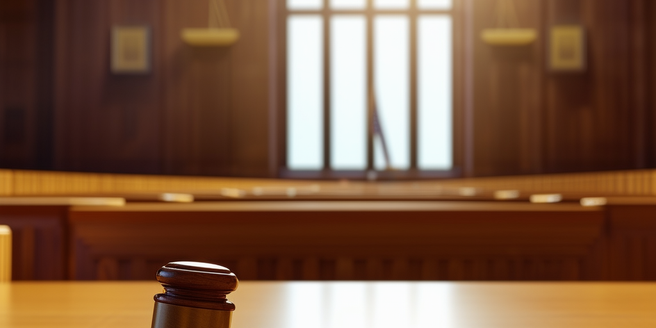
Overview of Class Action Lawsuit
Class action lawsuits allow individuals who have suffered the same harm to unite their efforts against a single defendant, sharing the financial burden and risk associated with legal proceedings. They have significantly altered the way many entities operate, creating a sense of accountability and transparency in businesses and corporations, and ensuring ethical conduct and fair play. Their impact extends to government institutions, holding them accountable for actions causing large-scale harm and promoting good governance. Essentially, class action lawsuits are tools for societal change, driving a culture of accountability and responsiveness to public concerns and rights.
Background on Recent Changes
Class action lawsuits are undergoing significant transformations with stringent rules affecting both parties, including more robust rules and regulations. This evolution has engendered an elevated standard of proof for plaintiffs to assert common injuries among class members, demanding clear evidence of prevalence. Additionally, the introduction of precise requirements for damages calculation and distribution has added complexity to class action litigation, necessitating sound calculation methods, and well-structured plans for damage allotment. Large scale class action lawsuits require rational and proportionate damage distribution, demanding strategic planning and increasing meticulous coordination. Thus, the domain of class action is changing, imposing greater responsibility on plaintiffs to substantiate common injuries and present credible plans for damages calculation and distribution.
Impact of Recent Modifications on the Plaintiffs
The recent legislative changes have significantly heightened requirements for plaintiffs initiating a class action lawsuit. The demand for more evidence not only burdens potential plaintiffs with increased prerequisites but also creates a daunting barrier that impacts their ability to take legal action. This proves particularly challenging when holding wrongdoers accountable for large-scale harm, as they can potentially evade serious infractions with less fear of class action lawsuits.
Victims now need more substantial proof to support their claims, transforming the process of gathering evidence into a potentially expensive and laborious task. This situation limits numerous victims of mass wrongdoing from seeking justice, thereby reducing the chances of effective action against immoral acts committed by individuals or organizations. Consequently, it weakens the capacity to hold responsible parties accountable for their large-scale damage, tilting the justice system’s balance in their favor.
Changes Affecting the Defense in Class Action Lawsuits
The defense is benefiting from modifications that have increased the proof threshold in lawsuits, making it harder for plaintiffs to file cases without substantial and compelling evidence. The responsibility and pressure to provide stronger, robust substantiation now lie heavier on the plaintiffs, creating a potential opportunity for defendants to evade legal litigations if the plaintiffs’ evidence doesn’t meet these standards. The essence of these changes shifts power from plaintiffs to defendants; with the heightened proof threshold, defendants can avoid lawsuits if the evidence doesn’t comply with the new standards. Ultimately, these revised regulations protect defendants from trivial lawsuits or those based on weak evidence.
Specific Cases Illustrating Recent Changes
The landmark Fifth Third Bancorp vs. Dudenhoeffer case showcased the immense significance of proof of loss specification in legal proceedings. The lack of this integral detail in the claim led to its downfall, thereby stressing on the need for meticulousness in crafting legal claims. The ruling not only exemplifies the changes in the legal sphere but also emphasizes how often overlooked details can shape the final verdict. Consequently, this case serves as a stern reminder to legal professionals about the absolute need for a detail-oriented approach to ensure a fair result.
Future Implications of Class Action Lawsuit Changes
The recent evolution in class action lawsuits is a critical issue with potentially widespread implications. This could deter aggrieved parties from collective action, weakening group cases like class action lawsuits and jeopardizing the combined strength of multiple victims seeking justice. The trend potentially allows corporations and businesses to escape accountability for their actions, with potential harm to individuals, communities, or the public.
This shift could fundamentally change class action lawsuits and how justice is dispensed. It threatens collective justice and undermines existing measures to hold corporations accountable. Understanding systemic impacts brought about by these changes in class action laws is crucial.
This alarming trend demands absolute attention due to its potential severe effects on both individual and collective justice, making it a critical concern for those vested in the integrity of justice pursuits.
